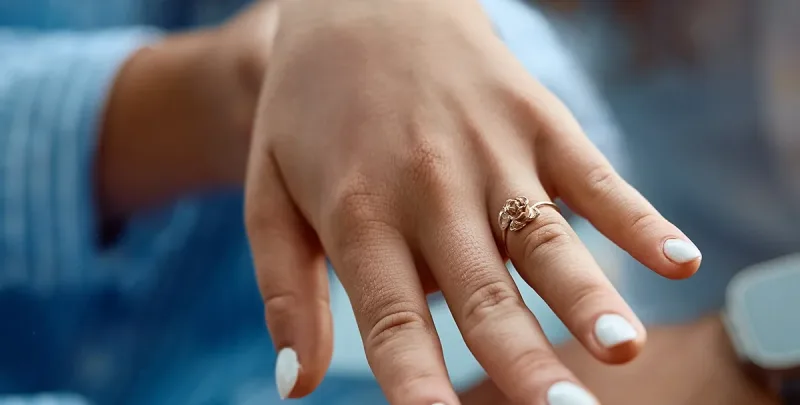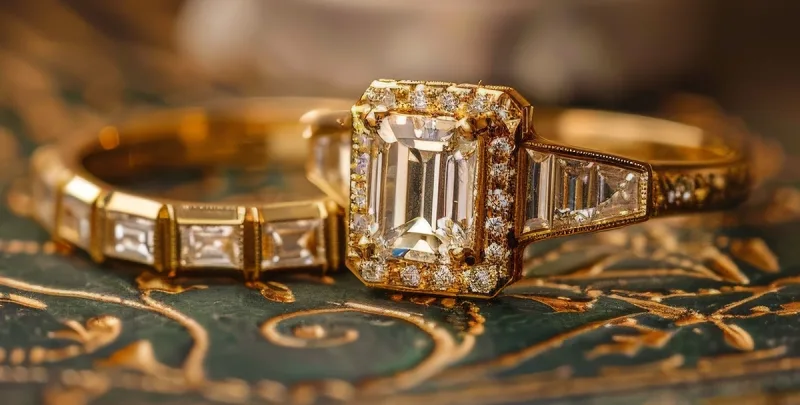The cost of a diamond is usually the major consideration when it comes to choosing an engagement ring but have you ever wondered how that sparkling gemstone ended up at the jewellers where you purchased it from?
There are a number of links in the chain before a diamond reaches you, firstly there is the mine itself, which will produce both gem standard diamonds and ones of lesser quality that are used for industrial purposes. As an approximation, it takes almost 250 tons of ore to produced 1ct of finished diamond. Diamond mining for quality gemstones has been dominated for over a century by one organisation De Beers, a group of companies that are involved in every aspect of mining and production. There is a very strong chance that they have been involved in some shape or form in the production of your stone.
Rocks from the ground
Diamonds are brought to the surface of the mine from the earth’s mantle in a rare type of magma called “Kimberlite”; this contains a number of minerals with diamond being the most valuable.The main mining areas are: Central and South Africa, Russia, Australia & Canada The African diamonds are generally considered to be the most suitable for use in jewellery. Surprisingly though, most diamonds are used for industrial purposes, in drill bits and tools. A small number are used for glass cutters and surgical instruments. Only the finest stones are used as gems.
Selection and Cutting
These “quality” gems are selected and sent to centres for cutting, polishing and grading. Uncut stones are referred to as “Rough Diamonds” Cutting is the practice of turning a rough stone in to a faceted gem. A surprising aspect of the diamond industry is that there are very few centres where they are actually cut, the reason for this is that diamond cutting is an extremely skilled process requiring specialised knowledge, tools and equipment, it is an extremely difficulty process where a single mistake can have financial implications
The main processing centre
The main centre for handling rough diamonds is Antwerp in Belgium, approximately 80% of the world’s rough diamonds pass through here although the majority of cutting is now carried out in India. India now cuts over 90% of all diamonds produced with 50 % of these finding their way back to Antwerp for the next part of the chain.
The Diamond Bourse
On
returning to Antwerp, diamonds are then typically sold to wholesalers
or jewellery manufacturers in one of the 24 registered diamond
exchanges (known as bourses) located across the world. These exchanges
are members of The World Federation of Diamond Bourses (WFDB) who act as
a medium for wholesale diamond exchange trading of both polished and
rough diamonds. It’s worth pointing out that in recent years, there has
been much written about “Conflict” or “Blood” Diamonds”, bourse members
are encouraged to become part of the “ Kimberley Process” which is a
joint government and industry initiative to stem the flow of these
types of diamond.
If you live in the United Kingdom, there is a good
chance that your gemstone will be handled by the London Diamond Bourse.
This exchange first opened its doors in 1940 mainly as a result of the
wartime occupation of Belgium. From here items are acquired by
wholesalers and jewellers who purchase the graded items to be set in to jewellery such as engagement rings.


























